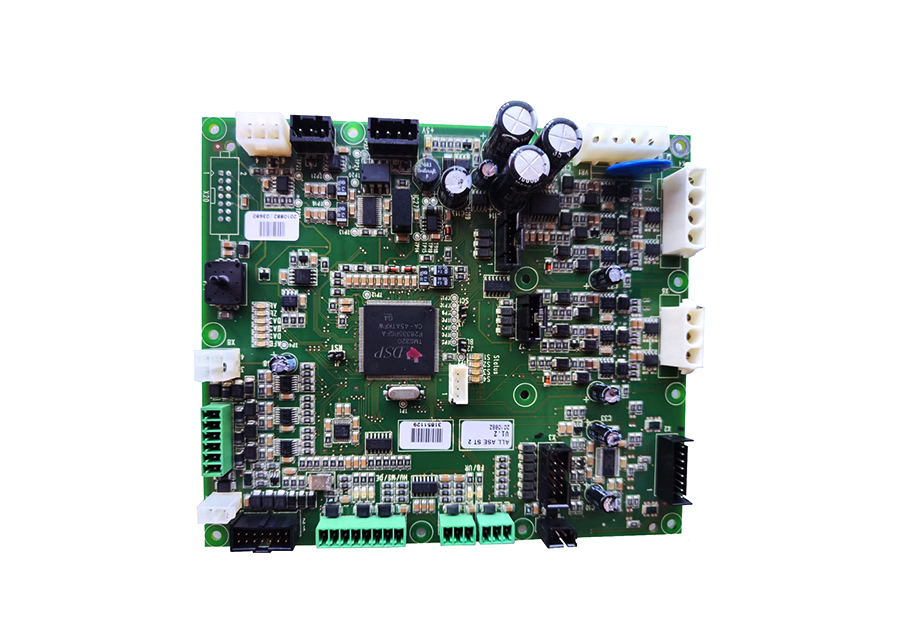-
CN
-
Service Hotline
+8618129931046 Mr. Liao


Time:2025-04-17 Views:1

Hot - air solder leveling (HASL) and spray soldering are two common methods for applying a solder coating to PCBs, but there are some differences between them.
Process Differences
Hot - Air Solder Leveling (HASL) Process
In the HASL process, the PCB is first pre - heated to a suitable temperature. Then, it is immersed in a bath of molten solder, typically a tin - lead alloy or a lead - free alternative. After immersion, hot compressed air is blown across the PCB surface at a high velocity. The hot air removes the excess solder, leveling the solder layer on the PCB. The air pressure and temperature are carefully controlled to ensure a uniform solder thickness. The solder layer thickness in HASL can range from 3 - 10 microns, depending on the process parameters and the requirements of the PCB.
Spray Soldering Process
Spray soldering, on the other hand, uses a spray gun to apply molten solder to the PCB surface. The PCB is placed on a fixture, and the spray gun sprays the molten solder onto the board. The spray gun can be adjusted to control the amount and distribution of the solder. After spraying, the solder is allowed to solidify. Spray soldering can provide a more precise control over the solder application, especially in areas where a specific solder pattern or thickness is required. However, it may require more complex equipment and process control compared to HASL.
Performance Differences
Solder Thickness Uniformity
HASL: HASL generally provides a relatively uniform solder thickness across the PCB surface. However, there may be some variations in the solder thickness at the edges and corners of the PCB due to the flow of the molten solder and the action of the hot air.
Spray Soldering: Spray soldering can offer better control over the solder thickness uniformity. By adjusting the spray parameters, such as the spray pressure, distance, and angle, the solder thickness can be more precisely controlled in different areas of the PCB. This makes spray soldering suitable for applications where a highly uniform solder thickness is critical, such as in some high - end electronic devices.
Solder Joint Quality
HASL: HASL can produce good - quality solder joints. The immersion in the molten solder bath ensures that the PCB surface is well - wetted by the solder, and the hot - air leveling process helps to remove any excess solder and form smooth solder joints. However, in some cases, the high - temperature exposure during HASL may cause some warping or damage to the PCB, especially for thin or heat - sensitive boards.
Spray Soldering: Spray soldering can also produce high - quality solder joints. The precise application of solder can result in more consistent solder joints, and the lower overall heat exposure compared to HASL may be less likely to cause warping or damage to the PCB. Additionally, spray soldering can be used to apply solder selectively to specific areas of the PCB, which can be beneficial for complex PCB designs.
Application Differences
HASL
HASL is a widely used process in traditional PCB manufacturing. It is suitable for a wide range of applications, from consumer electronics to industrial control boards. HASL is cost - effective for high - volume production due to its relatively simple process and the wide availability of solder materials. It is also suitable for applications where a general - purpose solder coating with good solderability and corrosion resistance is required.
Spray Soldering
Spray soldering is often used in applications where a more precise control over the solder application is needed. This includes high - density interconnect (HDI) PCBs, where the small size of the components and the tight spacing between them require accurate solder deposition. Spray soldering is also suitable for applications where the PCB has complex shapes or where there are specific areas that need a different solder thickness or pattern.